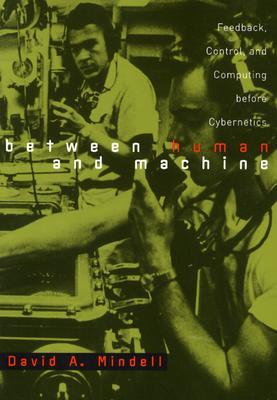Tiqqun journal, 1-2 (1999-2001) [French/transl.]
Filed under journal | Tags: · anarchism, capitalism, critique, cybernetic capitalism, cybernetics, information society, lettrism, networks, philosophy, politics, situationists, technology


Tiqqun was a French journal that published two issues in 1999 and 2001. The authors wrote as an editorial collective of seven people in the first edition and went uncredited in the second edition.
“Tiqqun’s poetic style and radical political engagement are akin to the Situationists and the Lettrists. Tiqqun is relatively accepted in the radical, philosophical milieu, the Situationist and post-Situationist groups, in the ultra-left, the squat and autonomist movements, as well as among some anarchists. Tiqqun is strongly influenced by the work of the italian philosopher Giorgio Agamben.” (Wikipedia)
Reading The Cybernetic Hypothesis (article by Joss Winn, July 2010)
Tiqqun at Bloom0101.org (from IA)
Tiqqun.info
Issue 1 (French, more formats at IA)
Issue 2 (French, more formats at IA)
Trans. of selected texts from issues 1 and 2 (English)
Trans. of selected texts from issues 1 and 2 (English, German, Italian, Spanish, Greek, Portuguese)
Miller Medina, Jessica Eden: Designing Freedom, Regulating a Nation: Socialist Cybernetics in Allende’s Chile (2006)
Filed under paper, thesis | Tags: · 1970s, chile, cybernetics, cybersyn, machine, networks, socialism
Abstract
This article presents a history of ‘Project Cybersyn’, an early computer network developed in Chile during the socialist presidency of Salvador Allende (1970–1973) to regulate the growing social property area and manage the transition of Chile’s economy from capitalism to socialism. Under the guidance of British cybernetician Stafford Beer, often lauded as the ‘ father of management cybernetics ’, an interdisciplinary Chilean team designed cybernetic models of factories within the nationalised sector and created a network for the rapid transmission of economic data between the government and the factory floor. The article describes the construction of this unorthodox system, examines how its structure reflected the socialist ideology of the Allende government, and documents the contributions of this technology to the Allende administration.
Published in Journal of Latin American Studies 38, pp. 571–606, Cambridge University Press, 2006
PDF
Related: Eden Medina: Cybernetic Revolutionaries: Technology and Politics in Allende’s Chile (2011)
Related: The State Machine: Politics, Ideology, and Computation in Chile, 1964-1973 (Dissertation thesis, by Medina and Eden, 2005, PDF)
David A. Mindell: Between Human and Machine: Feedback, Control, and Computing before Cybernetics (2002)
Filed under book | Tags: · computing, cybernetics, engineering, history of computing, history of technology, industry, information theory, machine, military, networks, noise, science, technology, telephone

Today, we associate the relationship between feedback, control, and computing with Norbert Wiener’s 1948 formulation of cybernetics. But the theoretical and practical foundations for cybernetics, control engineering, and digital computing were laid earlier, between the two world wars. In Between Human and Machine: Feedback, Control, and Computing before Cybernetics, David A. Mindell shows how the modern sciences of systems emerged from disparate engineering cultures and their convergence during World War II.
Mindell examines four different arenas of control systems research in the United States between the world wars: naval fire control, the Sperry Gyroscope Company, the Bell Telephone Laboratories, and Vannevar Bush’s laboratory at MIT. Each of these institutional sites had unique technical problems, organizational imperatives, and working environments, and each fostered a distinct engineering culture. Each also developed technologies to represent the world in a machine.
At the beginning of World War II, President Roosevelt established the National Defense Research Committee, one division of which was devoted to control systems. Mindell shows how the NDRC brought together representatives from the four pre-war engineering cultures, and how its projects synthesized conceptions of control, communications, and computing. By the time Wiener articulated his vision, these ideas were already suffusing through engineering. They would profoundly influence the digital world.
As a new way to conceptualize the history of computing, this book will be of great interest to historians of science, technology, and culture, as well as computer scientists and theorists.
Publisher Johns Hopkins University Press, 2002
ISBN 0801868955, 9780801868955
439 pages
Mindell’s lecture about the book at MIT (video, 78 min, 2002)
Review (Larry Owens, History of Science and Technology)
Download (removed on 2014-9-18 upon request of the author)
Comment (1)
